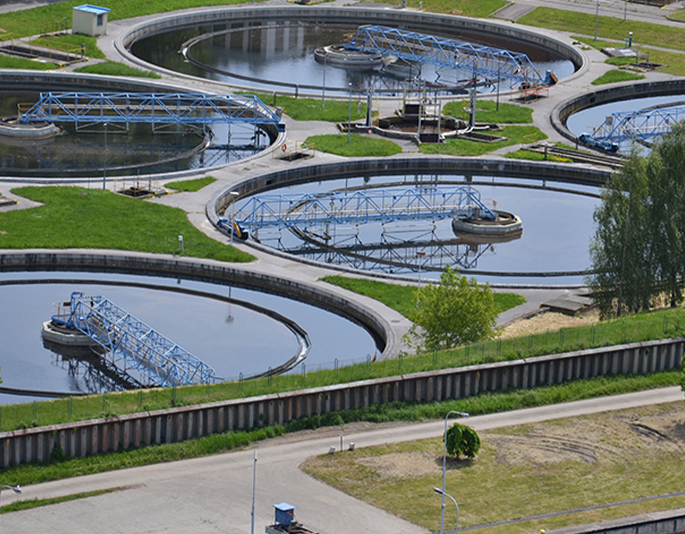In today’s ever-evolving industrial landscape, understanding how pressure transducers function is paramount. These devices, often produced by a dedicated pressure transducer manufacturer, serve a critical purpose in various applications—from ensuring safety in gas pipelines to enhancing precision in medical devices. Yet, amidst this proliferation of technology, a pressing question arises: how reliable are these solutions in real-world scenarios? The answer lies in the nuances of pressure measurement technology and the evolution of transducers.

Traditional Solution Flaws
Historically, pressure measurement systems have encountered numerous failures—often leading to costly downtime and safety risks. For instance, older models frequently suffered from drift, which diminished their accuracy over time. Moreover, mechanical components added unnecessary complexity and susceptibility to failure—an all-too-common scenario that left many operators questioning: why do failures always occur during critical operations? As industries grew more demanding, it became clear that relying on outdated sensor technology could result in dire consequences.
New Technology Principles
Enter the new wave of pressure transducer technologies, which have dramatically shifted the landscape. These modern sensors harness the principles of advanced microelectromechanical systems (MEMS) alongside digital signal processing capabilities. Look, it’s simpler than you think—these innovations not only enhance reliability but also integrate seamlessly with edge computing nodes, allowing for real-time data transmission and analysis. As a result, industries can now access actionable insights directly from their pressure measurements, fortifying decision-making processes and operational efficiency.
Quantified User Benefits
The deployment of contemporary pressure sensors has ushered in substantial benefits for end-users. Research indicates that businesses experience a reduction in maintenance costs by as much as 30% when switching to newer transducer models. Furthermore, enhanced accuracy—a core attribute of today’s devices—leads to improved product quality, subsequently bolstering customer satisfaction. Indeed, the reliance upon a dependable pressure transducer manufacturer is integral in ensuring an organization’s competitive edge in the marketplace.
Conclusion: Actionable Evaluation Criteria
When embarking on the journey to choose a pressure transducer solution, it is vital to consider several key metrics. Always verify these 3 metrics when choosing solutions: ① accuracy specifications, ② environmental compatibility, and ③ overall reliability ratings. By adhering to these criteria, organizations can select pressure transducer manufacturers that align with their operational needs and drive success in a dynamic market.
Continuing our exploration, it is essential to turn our focus toward the vital role of a pressure sensor manufacturer. As these companies strive for innovation, they contribute significantly to the advancement of pressure measurement technology. Users seeking reliable and precise data can benefit immensely from aligning with established manufacturers that prioritize quality and technological progression.

In addition, the significance of a liquid level sensor cannot be overstated. Such devices are instrumental in various industries, including water treatment facilities and chemical manufacturing. By accurately measuring fluid levels, these sensors mitigate risks related to overflows and underfills, thereby enhancing operational safety. Manufacturers producing high-quality liquid level sensors often employ advanced materials that ensure biocompatibility within medical contexts, a testament to the evolving demands of industry standards.
In summary, the convergence of technological advancements with pressure monitoring solutions positions manufacturers like CSSPM Sensor as frontrunners in the field. Their commitment to excellence and innovation equips them with significant supply advantages. By choosing CSSPM Sensor, businesses can leverage cutting-edge technology and exemplary service, paving the way for heightened productivity and operational fidelity.

